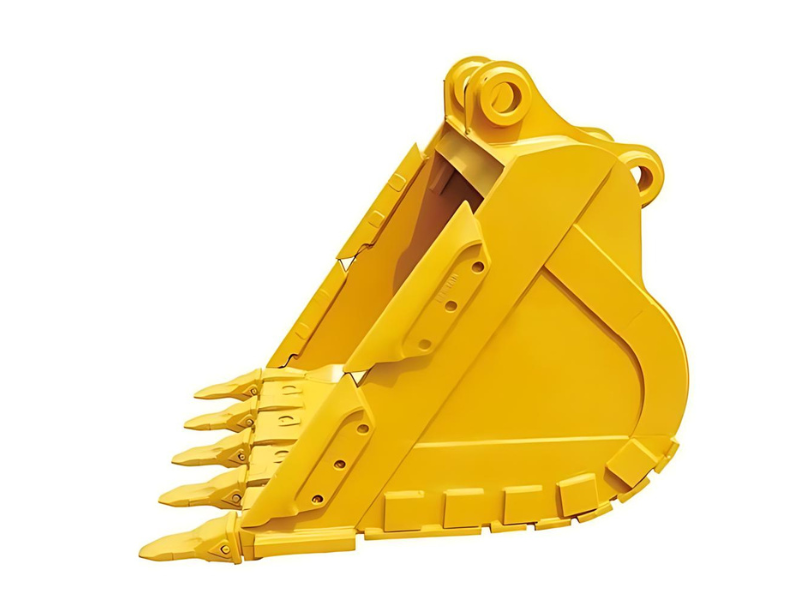
Selecting the correct Rock Bucket size for your project is more than just a matter of convenience—it’s essential for efficiency, safety, and overall productivity. Whether you’re working in construction, mining, landscaping, or agriculture, the right bucket can make a significant difference in how quickly and effectively you complete your tasks. In this article, we’ll break down key considerations for choosing the right rock bucket size and how to match it to your project requirements.
A rock bucket is a type of heavy equipment attachment designed to handle large, heavy materials such as rocks, boulders, gravel, and debris. It is typically used with excavators, skid steers, or loaders to scoop, transport, and deposit materials efficiently. Rock buckets come in various shapes and sizes, from small units for compact machinery to large, industrial-grade buckets for heavy-duty operations.
The size of your rock bucket affects several critical aspects of your project:
Efficiency: Using a bucket that is too small will require more trips to move the same volume of material, increasing operational time and fuel costs. Conversely, an oversized bucket may overload your machine, causing mechanical strain and slowing down operations.
Safety: Overloading your equipment with a bucket that is too large can compromise stability, risking tip-overs or damage to the machinery. Correct sizing ensures safer handling, especially on uneven or steep terrain.
Precision: For landscaping or construction projects requiring detailed work, a properly sized bucket allows for precise material placement and better control. Oversized buckets can reduce accuracy and make delicate operations more challenging.
Durability: Using the appropriate bucket reduces wear and tear on both the bucket and the host machine, extending the lifespan of your equipment.
When choosing the right rock bucket, several factors should guide your decision:
The first consideration is your machine’s capacity. Each excavator or loader has a maximum lifting and breakout force. Using a bucket that exceeds this capacity can damage hydraulics, stress the boom, and reduce operational efficiency. Always check the manufacturer’s recommendations for bucket size and weight.
Different projects involve different materials. Large boulders or dense rock require smaller, stronger buckets designed to handle the weight, while lighter gravel or soil may allow for larger buckets to increase volume per scoop. Understanding the density and size of the materials you’ll be moving is crucial.
The size of your rock bucket should match the scale of your project. Small landscaping tasks may only require compact buckets that fit mini-excavators, while mining or road construction projects might demand heavy-duty buckets that can handle multiple tons in a single scoop.
Worksite conditions influence bucket choice. Narrow, confined spaces may necessitate smaller buckets for maneuverability, whereas open construction sites can accommodate larger units. Similarly, steep or uneven terrain may require a smaller, more manageable bucket to maintain safety and control.
Rock buckets come with various designs, including reinforced teeth for breaking hard materials, sloped sides for easy dumping, or heavy-duty bases for high wear resistance. Select a design that complements both your material type and operational needs.
Match bucket size to machine specifications: Avoid guessing—always check hydraulic and weight limits.
Prioritize durability: Opt for high-strength steel buckets if your project involves heavy or abrasive materials.
Consider versatility: If your project involves mixed materials, a bucket designed for multiple applications can reduce equipment swapping.
Regular maintenance: Inspect the bucket for wear and tear, especially teeth and edges, to prevent accidents and downtime.
Choosing the right rock bucket size is a critical decision that can impact the efficiency, safety, and success of your project. By considering machine compatibility, material type, project scope, terrain, and bucket design, you can select a bucket that not only handles your materials effectively but also enhances productivity and reduces operational risks. Investing time in choosing the right rock bucket upfront saves money, effort, and time in the long run.
With the right planning and equipment, your project can achieve optimal performance and safety, making your work smoother, faster, and more efficient.
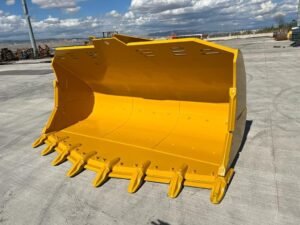
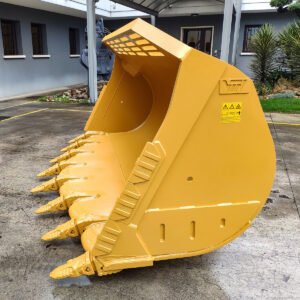
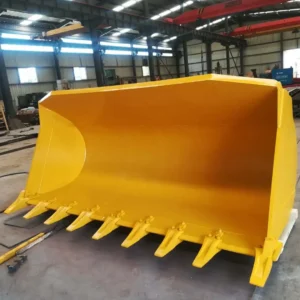
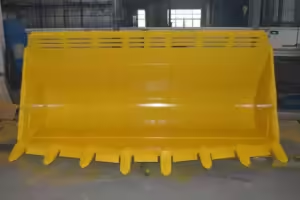
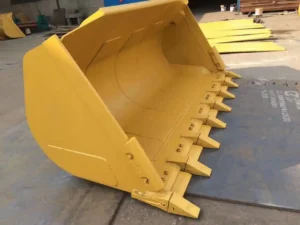
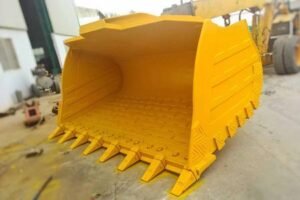
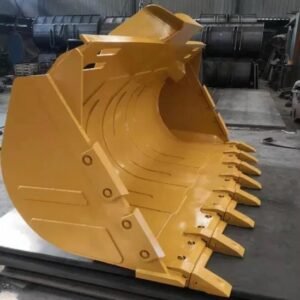
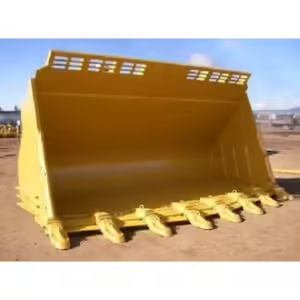
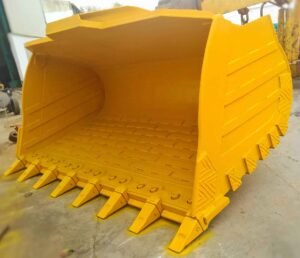
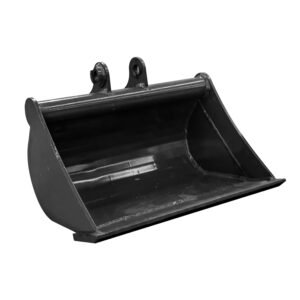
TEAM. All Rights Reserved. Developed by Pixel Tech.